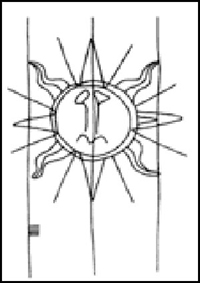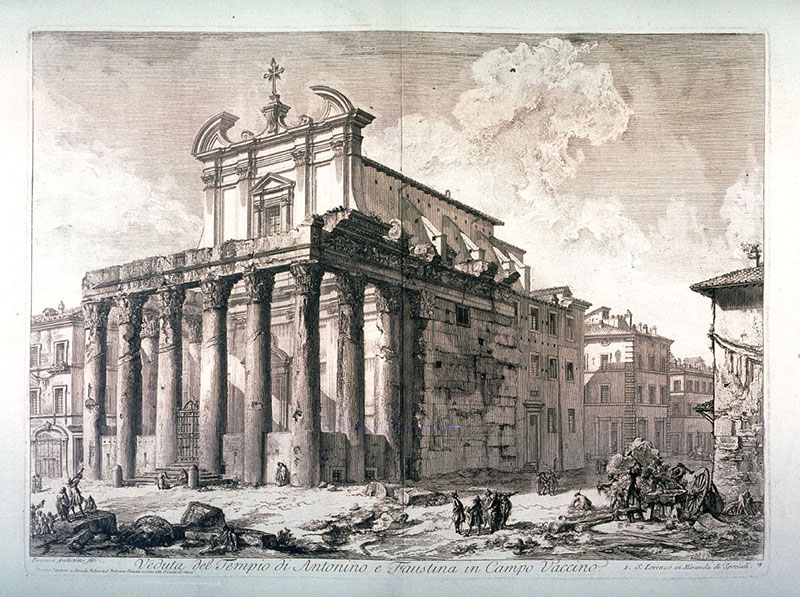It is a delicate task to pinpoint the main rules to follow to evaluate the authenticity of a print, but we will try to give some basic advise on the subject. Every single detail must be taken into account and as a matter of fact minor details often enable the expert to carry out the evaluation.
Once the author of the print composition is identified, the expert is always able to test the authenticity of the work. It is possible to ascertain if the print in object was struck from the original plate, if it is an original, if it is a restrike or a counterfeit. In no other artistic field can the expert possibly judge with such certainty. No doubts can arise in the graphic art: a print is either authentic or apocryphal.
Again, it is impossible that only part of the work is authentic while the rest is counterfeited or reproduced, as might be the case with paintings, violins or pieces of furniture. The task of the expert is nevertheless complex. Not only must the paper and the filigree be examined, but also other relevant elements, such as the engraved lines, the total and partial measures of the impression, the lines carved on the plate. It is essential to consult the rich systematic literature, containing any sort of information, such as witnesses from the artists’ contemporaries as to the different states of the imprint, possible little variations on the plate made by a third person, restrikes and counterfeits. A further proof may be the comparison between the engraving and some similar sample collected in museums.
The Paper
The print is impressed on paper, rarely on silk, parchment, or other material. The production of paper made by steeping linen rags was very limited in Europe until the XVI century. Paper was not to be produced industrially until the beginning of the XIX century, and initially this product was less resistant than the ancient paper. Once the industrial system was refined, engravers were again able to use resistant and precious sheets of paper similar to the old ones.
Filigree or “watermarks”
The so called “watermarks” are marks impressed on paper by means of thin copper wires applied to the drier. Watermarks were common and numerous in ancient times, when they were considered as trade-marks. The filigree is tested looking at the paper held against the light. The identification of watermarks helps the expert date the production of the filigree and the approximate time of printing. The analysis of “watermarks” is extremely relevant to evaluate the authenticity of a print.

The State
With this term we refer to the variations of the print composition caused by any change made on the plate. We speak of different states of the print, when the artist or someone else after him has practised many modifications to the initial work. We speak of a unique state when the original matrix has never been altered.

Edition
Though restrikes of a specific engraving may be numerous, high quality impressions are only a few. Burin engravings and etchings usually allow to print no more than a hundred copies if the engraved sign is very thin. The same can be said of xylographies, when wood is cut longitudinally. According to personal taste and interests the amateur of the original fine art prints can devote himself or herself to the creation of a general collection, or focus his or her attention only on ancient or modern engravings, study a particular school of artists or merely one author. We can however state that provided the aim is not too ambitious a respectable collection, whose value is proportional to the quality of the prints, can be gathered in a few years.

